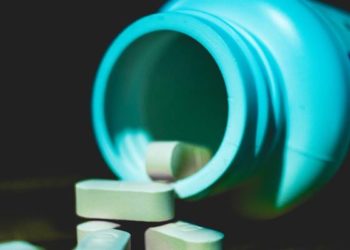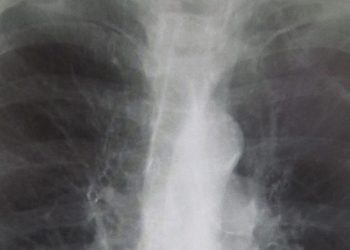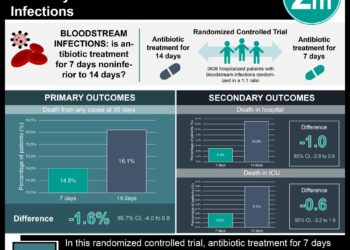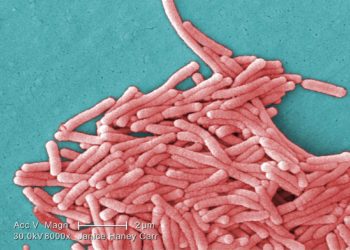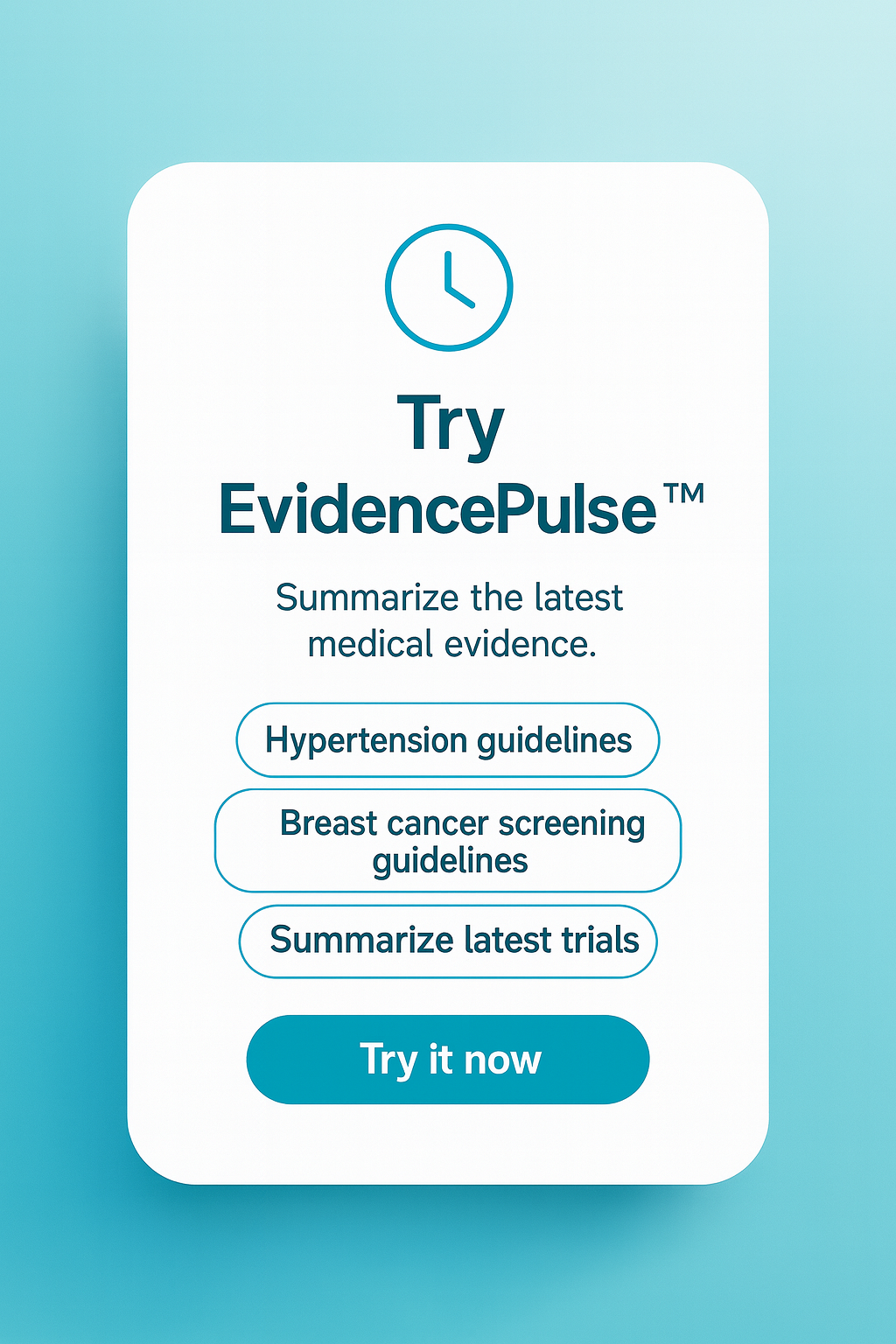Oral antibiotics may be noninferior to intravenous in pediatric acute osteomyelitis
1. Postdischarge oral antibiotic therapy for acute osteomyelitis in children did not result in more treatment failure as compared to intravenous antibiotics.
2. Children treated with intravenous antibiotics through a peripherally inserted central catheter (PICC) line had a higher risk of requiring an emergency department visit or hospitalization due to PICC line complications.
Evidence Rating Level: 2 (Good)
Study Rundown: Acute osteomyelitis is a serious bacterial infection that often requires a 4 to 6 week course of antibiotic therapy once discharged. Generally these antibiotics are administered through a peripherally inserted central catheter (PICC) line. However, PICC lines can be complicated by infection or thrombotic occlusion. Oral antibiotic treatment is a good alternative, but evidence of its efficacy is unclear. This study aimed to compare the effectiveness and adverse outcomes of oral and intravenous postdischarge antibiotics in children with acute osteomyelitis.
Use of oral antibiotics after discharge was not associated with a higher rate of treatment failure compared to intravenous therapy via a PICC line. Children in the PICC line group had a higher rate of any adverse outcome in both within-hospital and across-hospital matched analyses. In stratified analyses, children 5 years and older had an increased risk for treatment failure if they received antibiotics via the PICC line. No deaths occurred in either group.
Strengths of this study include use of full medical file review to validate the exposure and outcome variables as well as allowing the authors to adjust for many covariates. This study also uses propensity-score full matching, allowing balancing of patient-level variables across both exposure groups. However, weaknesses in this study include a high percentage of exclusions (76%) from initial patient population, resulting in a generally decreased sample size. In addition to the regular biases that occur in observational studies, it is unclear if this excluded population differs significantly from the studied population.
Click to read the study, published in JAMA Pediatrics
Relevant Reading: Acute Osteomyelitis in Children
In-Depth [retrospective cohort]: This retrospective case used the Pediatric Health Information System (PHIS) database cohort of 8,555 children aged 2 months to 18 years old discharged from a PHIS hospital between January 2009 and December 2012 from 38 different hospitals in Kansas. After excluding 6,495 children for numerous reasons (e.g. chronic osteomyelitis, direct admissions from other hospitals, length of stay <2 days or >14 days), 1,005 children who received oral antibiotics and 1,055 children who received parenteral antibiotics were included. The primary outcome was treatment failure as defined by revisits to the emergency department for change in antibiotics, prolongation of antibiotic therapy, conversion from oral to PICC route, and abscess drainage or debridement. Secondary outcomes included adverse drug reactions, PICC complications (infection, thrombosis and repair, adjustment or removal of PICC line) and a composite outcome of the above.
In both across-hospital (risk difference 0.3%, 95%CI -0.1% to 2.5%) and within-hospital (risk difference 0.6%, 95%CI -0.2% to 3.0%) matched analyses, children who received oral antibiotics did not experience more treatment failures than those who were on parenteral antibiotics. Children in the PICC group had a 14% increased risk of requiring a return emergency department visit or rehospitalization due to adverse events when compared to the oral antibiotic group. This result remained robust through both across (risk difference 14.6%, 95%CI 11.3% to 17.9%) and within-hospital (risk difference 14.0%, 95%CI 10.5% to 17.6%) matched analyses.
More from this author: Overall US diet quality improved from 1999 to 2010, Arterial catheter monitoring in ICU not associated with mortality benefit, Maintenance opioids in drug users linked with lower rate of hepatitis C infection, Delayed antiretroviral therapy initiation linked to decreased immunologic recovery in HIV, Multiple factors may increase risk of falls in young children
Image: PD
©2014 2 Minute Medicine, Inc. All rights reserved. No works may be reproduced without expressed written consent from 2 Minute Medicine, Inc. No article should be construed as medical advice and is not intended as such by the authors, editors, staff or by 2 Minute Medicine, Inc.

